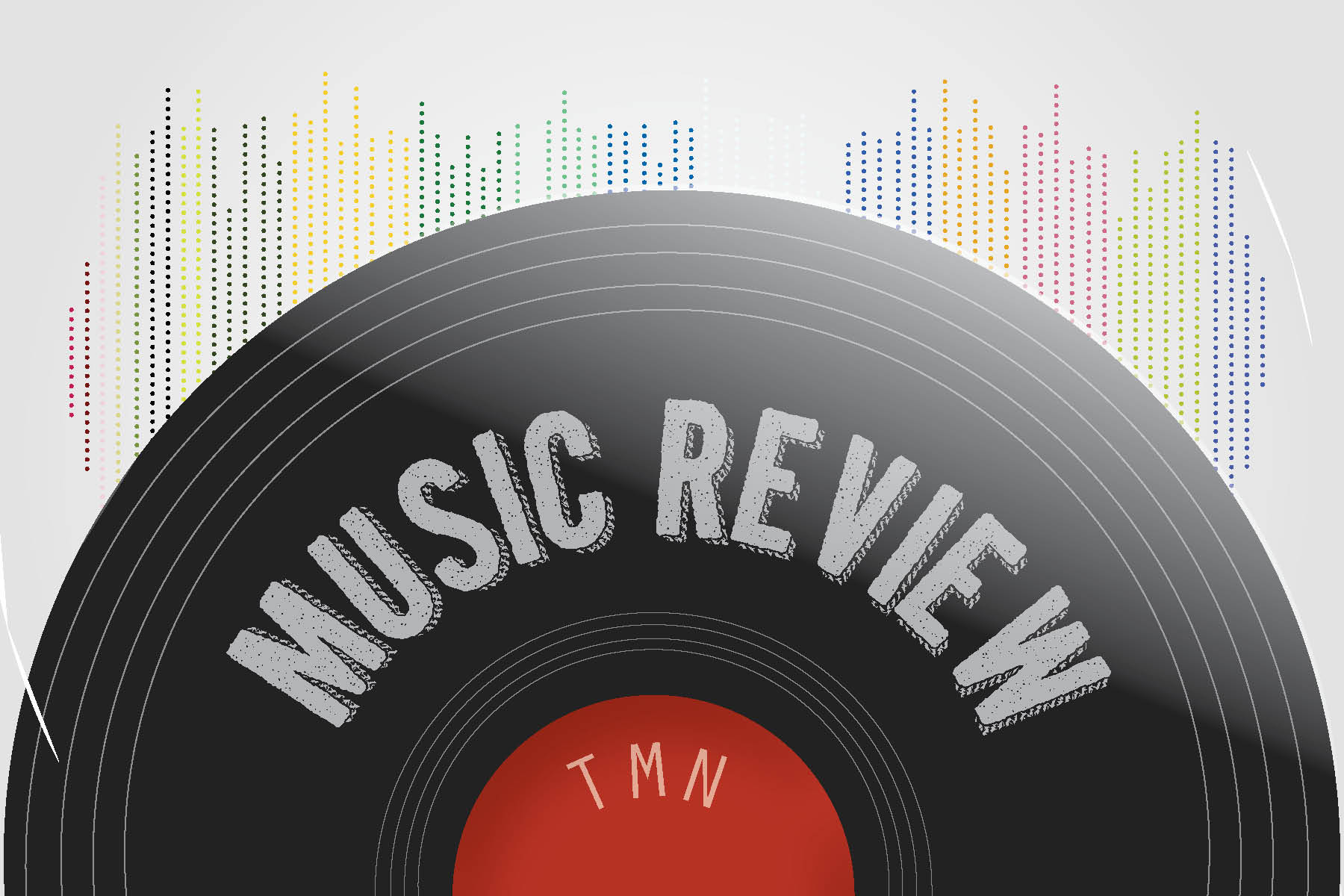
He talks about fucking Sherane and going to tell his bros. We hear Kendrick reassessing what’s happened so far. This brings us back around to “Money Trees,” a track that appeared earlier in the album. In an old cut, “P&P,” and in GKMC joint “Money Trees,” we know that Kendrick’s uncle was shot outside Louis Burger, so it’s pretty clear he’s talking about his uncle. We hear Kendrick tell how he saw someone killed at a burger stand. K.Dot’s self-awareness of the situation that he’s finding himself in continues across “ M.A.A.D City.” He talks about driving down “Rosecrans,” the cocaine-laced blunt that he smoked in “The Art of Pressure,” and being fired from his job for the robbery that he committed in the same track.

Kendrick talks about almost being killed the previous day-“I recognize that I’m easy prey / I got ate alive yesterday”-and ponders over the gang color war that’s threatening Compton-“What am I supposed to do / when the topic is red or blue?” On “Good Kid,” the transition from K.Dot to Kendrick starts to take place. It’s like the bit in every good gangster story where the protagonist realizes that they need to break out of the death-ridden community they’re living in before it eats them alive. The run-in with the gangbangers kicks off the second half of the story. It also makes sense that the two tracks are linked, because at the end of the track, we revisit the instrumental heard in “Sherane.” The skit picks up the story directly after K.Dot pulls up outside her house and is greeted by “two niggas two black hoodies.” Where “ Sherane a.k.a Master Splinter’s Daughter” introduces us to the story of Sherane as Kendrick drives to meet her, “ Poetic Justice” seems to act as the simultaneous thought process inside K.Dots’s head. Does that make sense? So, in terms of narrative, we run through from “The Art of Peer Pressure," the skit at the end of “Compton,” and back to “Sherane,” with the skit at the end of "Bitch Don't Kill My Vibe" and "Backseat Freestyle" setting up the events that led to Kendrick getting blunted and taking his mother's car to visit Sherane. So, there we are, right back at the beginning of the album, which sits slap bang in the middle of the story. Sounds confusing, right? But at the end of “Compton,” you can hear Kendrick asking if he can borrow his mother’s van, telling her that he’ll “be back in 15 minutes.” This directly coincides with “Sherane a.k.a Master Splinter’s Daughter,” where we listen to Kendrick’s mother leaving him a voicemail in which she says: “I’m sitting here waiting on my van, you told me you’d be back here in fifteen minutes!” We fast forward here to the end of the album.

The track ends with K.Dot’s friends dropping him back at his house because they “know he trying to fuck on Sherane tonight.” Gang culture and the lifestyle that it perpetuates throughout the community is probably the most dominant theme across the album. Instead, it means rushing people in colors and robbing Nintendos from houses. And, as we learn, being with the homies in Compton doesn’t just involve sparking a roll-up. He doesn’t normally smoke, but shit, he’s with the homies. The story isn’t completely chronological, as we’re told stories from K.Dot’s perspective, with a few Kendrick tracks peppering the storyline throughout.
#Kendrick lamar good kid maad city narrative free#
GKMC’s narrative focuses on K.Dot's transition to Kendrick Lamar as he tries to break free from Compton. This is the Internet and unfortunately, it’s illegal to superglue our interns to laptops to search through every miniscule rap blog for a mention of Kendrick Lamar.įor everyone else, let’s start at the beginning….īut first- TL:DR-the story starts at the end.

In between wondering if Kendrick’s father ever satisfied his want to sink ships of over-priced pizza crust into seas of garlic and herb sauce, I wondered if anyone had ever compiled the narrative bastion of GKMC into an easily digestible guide.

As I listened, I no longer found myself on the coffee machine jockey’s convoy to the coast instead, I was riding through South Central Los Angeles, tarnished with sympathy for Kendrick’s dad and his Dominos. The other day, while passively hating on the rest of the commuting public for using the same transportation as myself, I found myself listening to Kendrick’s masterpiece.


 0 kommentar(er)
0 kommentar(er)
